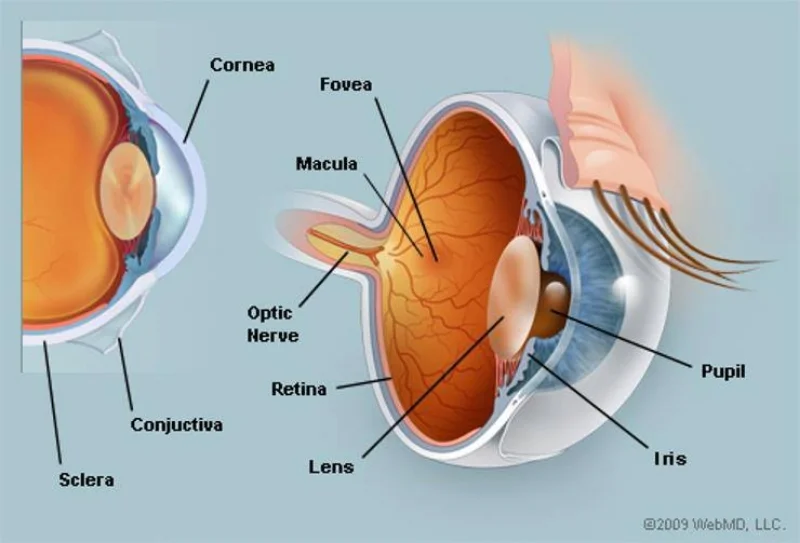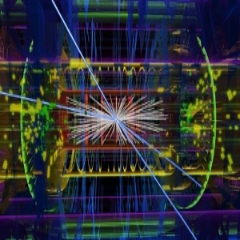THE GRAND DESIGN | SEL001 | HAWKING
| | homeTHE GRAND DESIGN | STEPHEN HAWKING & L MLODINOW
|| CHAPTER 3 | WHAT IS REALITY ||
Model-dependent realism corresponds to the way we perceive objects . In vision , one's brain receives a series of signals down the optic nerve . Those signals do not constitute the sort of image you would accept on your television .
There is a blind spot where the optic nerve attaches to the retina , and the only part of your field of vision with good resolution is a narrow area of about 1 degree of visual angle around the retina's center , an area the width of your thumb when held at arm's length .
And so the raw data sent to the brain are like a badly pixilated picture with a hole in it . Fortunately , the human brain processes that data , combining the input from both eyes , filling in gaps on the assumption that the visual properties of neighboring locations are similar and interpolating .
Moreover , it reads a two-dimensional array of data from the retina and creates from it the impression of three-dimensional space . The brain , in other words , builds a mental picture or model .
The brain is so good at model building that if people are fitted with glasses that turn the images in their eyes upside down , their brains , after a time , change the model so that they again see things the right way up . If the glasses are then removed , they see the world upside down for a while , then again adapt .
This shows that what one means when one says " I see a chair " is merely that one has used the light scattered by the chair to build a mental image or model of the chair . If the model is upside down , with luck one's brain will correct it before one tries to sit on the chair .
|| CHAPTER 5 | A THEORY OF EVERYTHING ||
Today the equations that describe electric and magnetic fields are called Maxwell’s equations .
Few people have heard of them , but they are probably the most commercially important equations we know . Not only do they govern the working of everything from household appliances to computers , but they also describe waves other than light , such as microwaves , radio waves , infrared light , and X-rays .
All of these differ from visible light in only one respect — their wavelength .
Radio waves have wavelengths of a meter or more, while visible light has a wavelength of a few ten-millionths of a meter , and X-rays a wavelength shorter than a hundred-millionth of a meter .
Our sun radiates at all wavelengths , but its radiation is most intense in the wavelengths that are visible to us .
It’s probably no accident that the wavelengths we are able to see with the naked eye are those in which the sun radiates most strongly :
It’s likely that our eyes evolved with the ability to detect electromagnetic radiation in that range precisely because that is the range of radiation most available to them .
If we ever run into beings from other planets , they will probably have the ability to " see " radiation at whatever wavelengths their own sun emits most strongly , modulated by factors such as the light-blocking characteristics of the dust and gases in their planet’s atmosphere .
So aliens who evolved in the presence of X-rays might have a nice career in airport security .
SOURCE | SATYAVEDISM.ORG



































































































